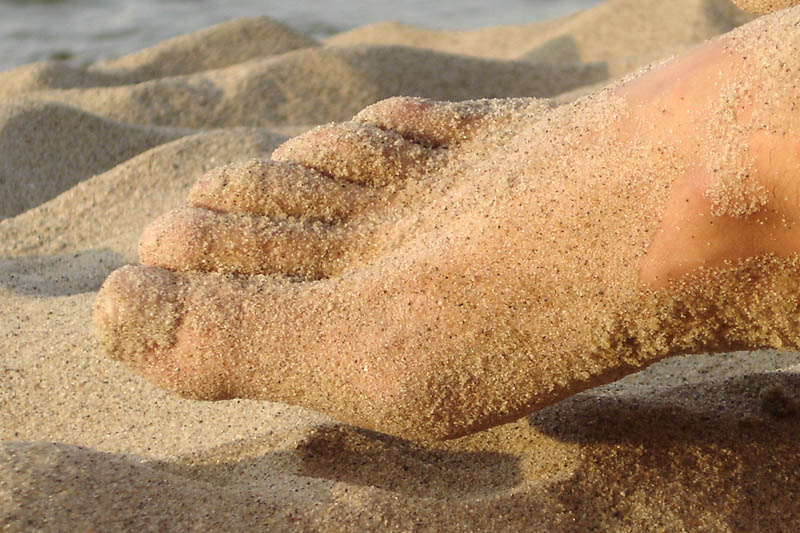
Just last week, I came across the concept of barefoot running and was immediately intrigued by it.
If you are wondering what barefoot running is, it is well – very simply, running without shoes. Apparently there is already a barefoot movement that started since 1960s, advocating going barefoot in various activities, such as day-to-day life and running. And this movement is quickly gaining popularity over the years.
Barefoot Running: An Experiment
Here’s what Wiki says about barefoot running:
In early human history, barefoot running was widespread, but this became increasingly less so following the growth of footwear usage. Barefoot running is near non-existent in modern-day populations of industrialised and wealthier countries, although it remains relatively common in many poorer nations, especially within third world countries.
Come think of it, in the early times, humans survived perfectly fine without shoes. Somewhere along the way, shoes were invented (for perfectly valid reasons I’m sure, such as protection and cleanliness). Over time, they became a commodity and it was a social faux pax to leave our house without shoes. And then in the recent centuries, shoes evolved (or degenerated, depending how you see it) into material possessions / fashion accessories – that, ironically, hurt our heels and feet (especially for girls), defeating the very reason why we even wear shoes to begin with.
And it seems like there is already a whole range of study results on how barefoot running is actually better for us, with more being done as we speak.
- People are born to run – Barefoot
- How Running Shoes Don’t Work
- Running Shoes May Cause Damage to Knees, Hips and Ankles, New Study Suggests
- Go Barefoot to Get Stronger
- The Science of Sport: Barefoot Running vs. Shoes
Barefoot Running explained by Harvard Professor Daniel Lieberman
The notion of barefoot running piqued my interest. For one, I love trying new things – it is through experimentation that I make my lifestyle choices. If I try it and I like it, I can continue on with it. If I don’t, then at least I know I’ve tried it and it doesn’t suit me. Nothing to lose but everything to gain. This is also the rationale for 21-days cultivate a new habit program – for all new habits, give it a try for 21 days without negative bias and see how it’s like before/after, rather than rule it out at onstart.
More importantly, barefoot running interested me because I like the whole notion of going au naturale. As I journey on the path of personal growth, I’m increasingly seeing how we are closely tied with nature/the universe. A lot of rules and principles we live by today (such as eating meat, cooking food, wearing shoes, etc) were created through human history, and many of them exist now more as habits/practice, rather than out of necessity. Many of them are unnecessary complications that separate us from our true source. Recognizing these physical “noise” and barriers and shedding them away gradually brings us closer to our higher selves. I was surprised I never thought of running/going barefoot before – a lot to do with the societal conditioning that it’s a necessity to wear shoes.
My First Barefoot Run
So 2 evenings ago, I set off for my first ever barefoot run. I picked 10+pm, my regular jogging time. I like to run either in early mornings or late at night when it’s quiet, cooling and peaceful. Since my running spot was a park connector right behind my house, I went straight without shoes.
Walking Barefoot
First thing I felt when I stepped out of my house was how cooling and smooth the surface of the pavements were. I never realized this since I always wore shoes going out. I felt present and connected with every step as I walked over to the lift, stood around in the lobby and took the lift down to the ground level.
As I walked to the park, I walked on different surfaces, including concrete pavements, roads (asphalt concrete) and cemented ground. It was interesting feeling the different textures and temperatures of the grounds – definitely something I had not paid attention to with shoes on. Concrete pavements felt very cooling and smooth – as if you can just slide on them. Roads felt rough and grainy.. somewhat prickly too. Cemented grounds felt like an in-between of concrete and roads.
It was just 2 minutes walking to the path, and I already felt more mindful and present than my normal self when walking with shoes. I was aware of every step I take, how it felt and my connection with the ground whenever my foot touched base with it.
Running Barefoot
So I reached the park. By the way before this experiment, I didn’t read much about barefoot running. I wanted to try it out first hand without being biased by what others have to say. If it is really good, I would sense it for myself. I didn’t want to overthink the process as well. If we humans have thrived perfectly fine without shoes in the past, all the nitty gritty such as the right posture, jogging stance, pacing, landing form, strides, etc should come naturally once I start barefoot running.
And that’s what happened. I started off with a slow and easy jog, taking cautious steps, one at a time. After a few steps, I let my instincts take over on my running posture and picked up speed. Within just a few minutes, I could see immediately see the difference between running barefoot and running with shoes.
Overall Conclusions
After running barefoot for 2 days (I went on for a second barefoot run yesterday) of 3km each time, I’m starting to love barefoot running. And here are 10 reasons why:
10 Reasons To Run Barefoot
- Connectedness. When I ran with running shoes in the past, I would just feel the cool air and soak in the sights of the sky/trees/stars while running. Running barefoot adds a new dimension to the running experience – I feel a whole level of connectedness to the ground, and as a corollary, the environment I am in.
- Lighter strides. With running shoes, my feet were completely buffered from the ground. I could never feel my strides, save for the numbing ‘thud’ between my feet and the soles of my shoes/ground whenever I land. This made me take heavy strides subconsciously. With barefoot running, I am definitely running much lighter than before. I’m not pounding on my knees/ankles/feet anymore.
- Right landing. People who wear running shoes typically land heel first (a.k.a hard heel strikes), which places more stress on the foot. The correct running form should be to land on the front or middle of the foot. Here’s what a Discovery News article says about landing:
The difference in the way the foot strikes the ground is important. Lieberman’s study examined the physical stresses on feet with different types of running and found that people with running shoes strike the ground with the mass of the entire leg, nearly 7 percent of the body. That’s more than three times the weight of impact for barefoot running.
“It’s really about how you hit the ground,” said Lieberman, who specializes in human evolutionary biology. “When you hit the ground, some of your body comes to a dead stop.”
For runners in cushioned shoes, “it is literally like someone hitting you on the heel with a hammer,” Lieberman said. But, he said that “the way in which barefoot runners run is more or less collision free.”
Interestingly, I came to the same conclusion during my first barefoot run, before reading about it. With running shoes, I would land on my heels and it caused a lot of impact. When I run barefoot, I automatically adjust and land on my forefeet/midfeet. Since I can feel my foot on the ground, I can immediately tell if I am landing incorrectly with each stride. After my first barefoot run, I had a small blister in the top left corner of my right sole, which I see as a sign that I’m exerting more force than necessary on that area. It’s an indication that I should distribute my weight on other areas when landing.
- Better posture. Everything is very instinctual and it takes no more than just a few steps for me to get into a comfortable running posture. The contact between the foot and the ground is like an instant feedback if my posture needs correcting and if so, how. In retrospect, my posture and jogging stance felt stiff when I ran with shoes.
- Freedom & Liberty. Running without shoes made me realize how binding it was to have my feet wrapped up in socks and enclosed in shoes. When running barefoot, I can feel my heel, mid-sole, forefeet and my toes against the ground and brushing against the cooling air with each stride. It’s a liberating experience.
- Mindfulness. Every step I take, I’m aware. Every time my foot touches the ground, I can feel both the ground and my foot. During my run, I am present, of myself, my posture, my surroundings, my environment.
- Less stress for your knees/feet/joints. Studies have shown running barefoot brings less stress for your feet, even when compared with expensive running shoes (Nike, Adidas and Reebok included). A new study suggests running shoes may cause damage to knees, hips and ankles. With running shoes, we tend to shift our weight down to our ankles, which lead to higher possibility of ankle sprains. You might have heard how prolonged running causes knee cap pain – I suspect it’s because of the heavy strides we take with running shoes rather than running itself. By running barefoot, that’s less likely to happen since you get a better running posture (Reason #4) and lighter strides (Reason #2), which means lesser weight on your knees/ankles/feet.
- Gives you stronger feet. All the shoe wearing has made our feet weak and soft. In fact, some of us wear poor-fitted shoes that cramp our toes/feet. Here’s an interesting excerpt from an article “Go Barefoot to Get Stronger“:
Through years of wearing shoes, our feet lose their tactile capacity, which is bad enough. But they also fail to develop to their proper size and shape. Tendons and ligaments shorten, muscles weaken, and the risk for foot and ankle injuries increases.
If it sounds like the ancient Chinese tradition of binding the feet, it kinda is. “It’s identical, but to a lesser degree,” Rooney says. “Shoes crush the foot into abnormal positions and you don’t get the movement the foot is designed for.”
Going barefoot builds up our foot muscles and makes them stronger, the way they should be.
- It’s Fun! Do you remember the times when you were young and ran around barefooted? How did that feel? Walking/Running barefooted brought a sense of child-like wonder that was lost since long ago, like dancing in the rain. It made running fun, more fun than it normally is. I ended up running longer than my normal route (3km vs. 2.4km).
- Saves money. I wish I knew about barefoot running before I bought all the sport shoes – Adidas, Reebok, soccer shoes, Nike Air, Zoom, Zoom+ and what not. Sports apparel have become more fashion accessories and cost more than they should. If I add up all the money I spent on sport shoes over the years, it easily sums up to over one grand. That is a lot of money that could have been saved and used for better purposes.
Attention from Others?
If you are wondering about what others might think, I didn’t notice any overt stares or unwanted attention from other people. But then again, it was about 10pm at night, so it might not be all that obvious. The people who did see it were probably too wound down to pay much attention.
Running Surface
The track is made of asphalt concrete if I’m not wrong – It’s not smooth like concrete ground, but it’s also not as grainy as roads, so it was good for barefoot running, save for a sporadic twig and stone. Ideally I’d like to run on the stadium tracks which are rubbery and safe from foreign objects, but the nearest stadium is 20 minutes away, so the park is my best option.
Continuing with Barefoot Running
I’m going to continue barefoot running for the next few weeks, and if nothing goes wrong I plan to make it a permanent habit. :) I might bring it a notch further by going barefoot in my day-to-day activities. The only concerns I have will be (1) hot surfaces during day time and (2) unwanted attention.
Try Barefoot Running For Yourself
Whether you are intrigued by the notion of barefoot running or not, I’d say try it for yourself before making any conclusions on it. Here are some resources that you will find handy:
How to Get Started
- Barefoot running (Wiki)
- Myths of Barefoot Running
- So, you wanna start running barefoot?
- Born To Run (Book by Christopher McDougall)
- Should you start barefoot running? If so, how? (Video)
- Society for Barefoot Living
- Extensive 5-Part Q & A on Barefoot Running: Part 1 / 2 / 3 / 4 / 5
Vibram Five Fingers Footwear (for barefoot running)
- Official Vibram Site
- Vibram Five Fingers Review (BarefootRunningShoes.Org)
- Vibram Five Fingers Footwear (Tim Ferris’ Blog)
- Hot Summer Gear: Vibram FiveFingers (Youtube Video)
- Field Test: Vibram Five Fingers (Youtube Video)
Update June 3 ’10: Over 8k visits on this article in just 3 days! Thanks so much to everyone who shared this with others. There’s been many link backs to this article, including a video review by Josue, who found value in barefoot running after he recovered from a ruptured Achilles Tendon. Feel free to share this article with more people to drive awareness of barefoot running.
This is part of the Cultivate Good Habits Series. Check out the full series:
- 21 Days To Cultivate Life Transforming Habits
- Waking Early: 9 Reasons To Wake Up Early | 21 Tips To Wake Up Early
- Quitting Soda: 5 Reasons To Quit Drinking Soda (And How To Do It)
- Improve Your Posture: Benefits of a Good Posture (And 13 Tips to Get One)
- Be TV-Free: 10 Reasons You Should Stop Watching TV
- Being On Time: How To Be On Time
- Meditation: 10 Reasons You Should Meditate | How To Meditate in 5 Simple Steps
- Manage Emails Effectively: How To Manage Your Emails Effectively
- Run Barefoot: 10 Reasons To Run Barefoot
- Emotional Eating: How To Stop Emotional Eating (6-part series)
(Image: vossi)

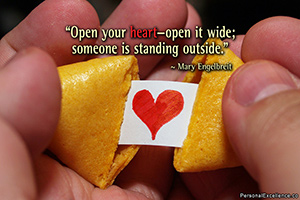
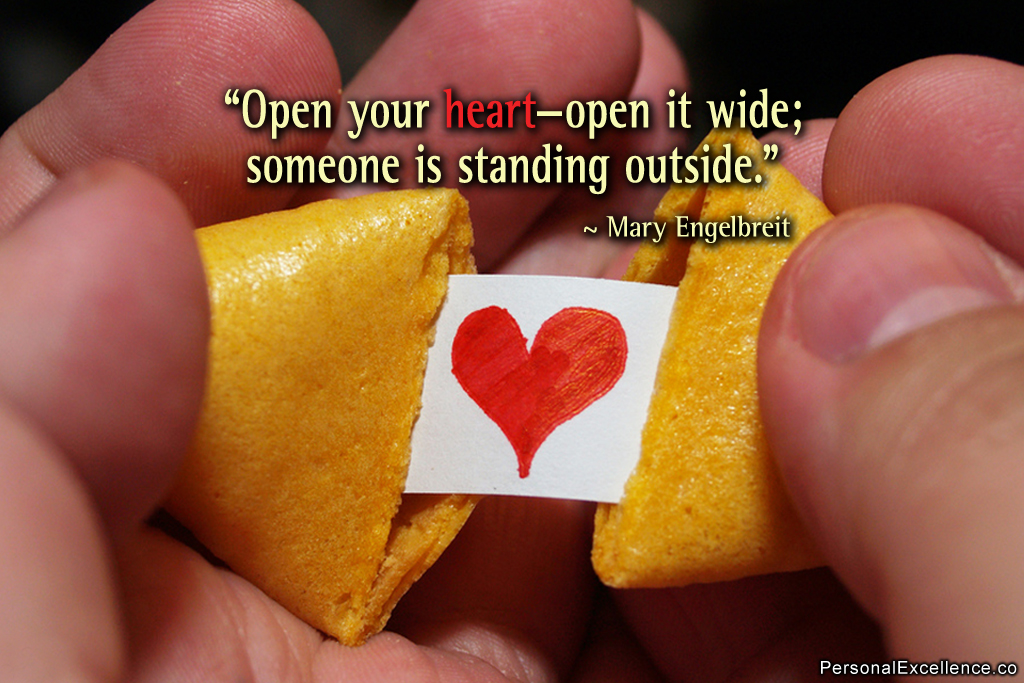
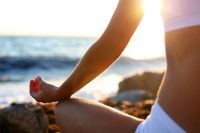

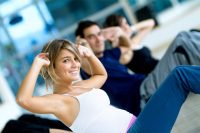
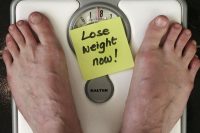

 Thanks for reading. If you like my free articles, join my private email list and get my latest updates and articles sent right to your inbox.
Thanks for reading. If you like my free articles, join my private email list and get my latest updates and articles sent right to your inbox.